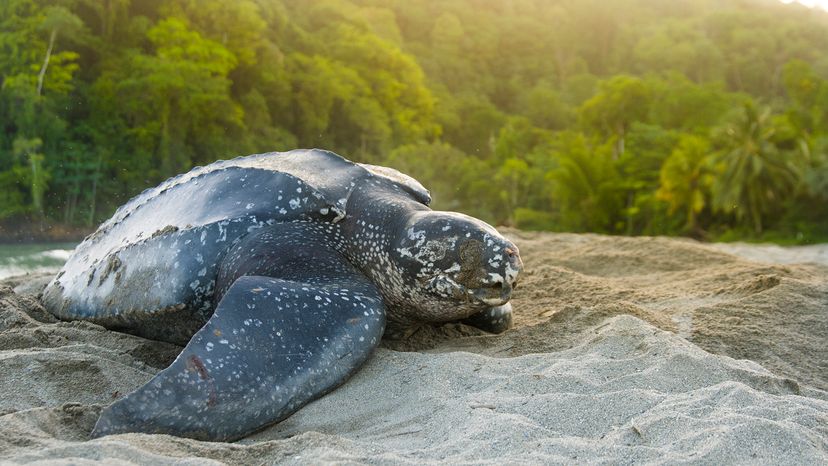Leatherback turtles are classified as vulnerable globally, with some populations, such as Pacific leatherback sea turtles, listed as critically endangered.
Threats include habitat loss, bycatch in fishing gear, climate change and plastic pollution. Endangered leatherback turtles are also impacted by the destruction of nesting beaches due to coastal development and rising sea levels.
Efforts under the Endangered Species Act and global sea turtle conservation initiatives aim to protect these majestic creatures.
From safeguarding nesting beaches to reducing bycatch, humans are working hard to give leatherbacks a fighting chance. Their survival depends on continued efforts to address the challenges they face in our ever-changing oceans.
We created this article in conjunction with AI technology, then made sure it was fact-checked and edited by a HowStuffWorks editor.
